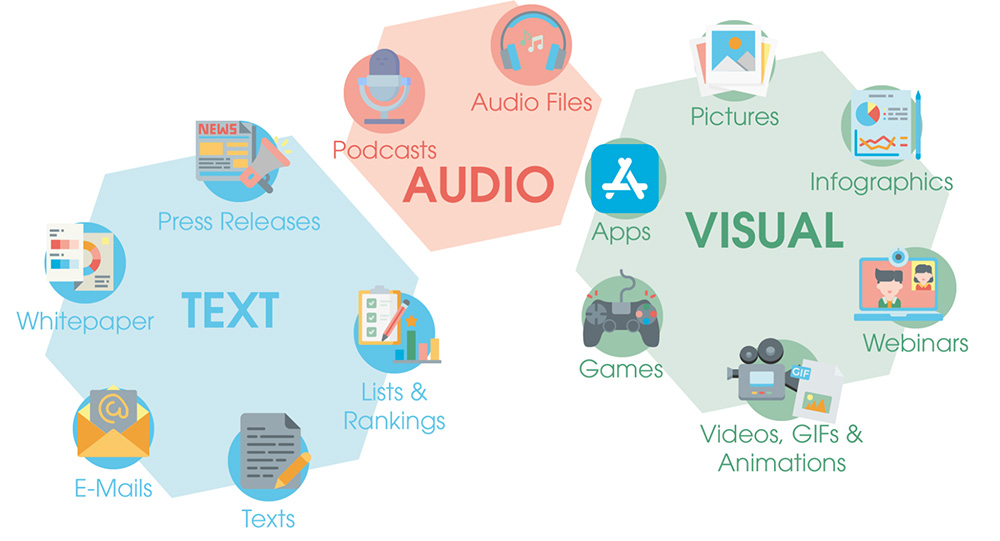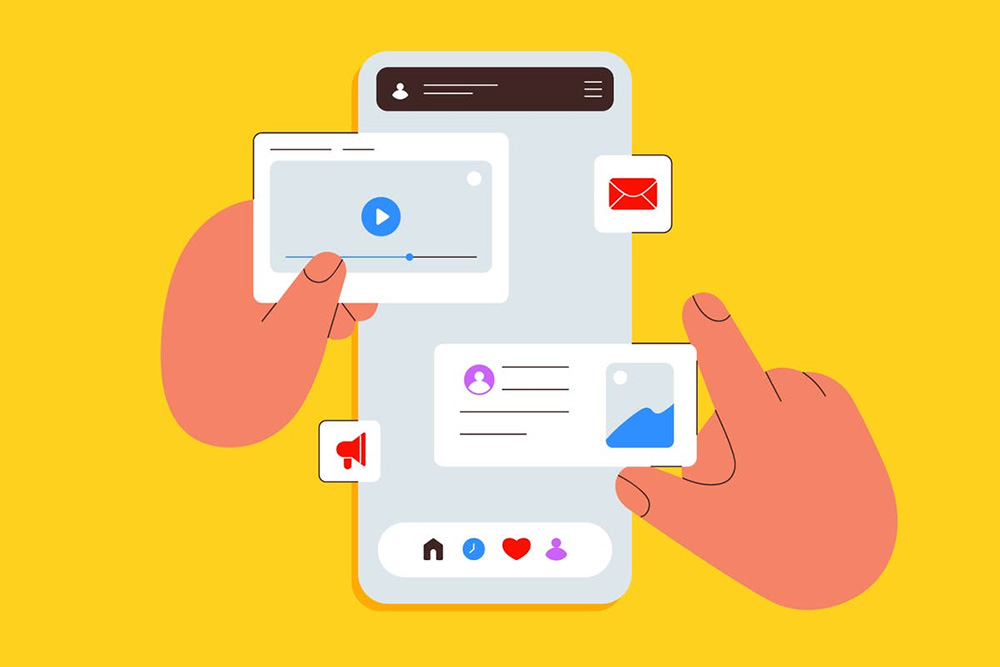
Launching Soon
Join our VIP list to receive early access and a LIFE-TIME discount on your Graphic
Design subscription.



Image: Pexels
Feeling overwhelmed by the breakneck speed of today's market demands? Content teams are constantly under pressure to churn out fresh, trendy, and impactful content to stay ahead.
But fear not – there's a game-changing approach to tackle these challenges head-on: design thinking.
Here at Brandripe, we're passionate about empowering teams like yours with the transformative power of design thinking. In this guide, we'll dive deep into how this innovative methodology can help your team not just survive, but thrive in the fast-paced world of modern marketing.
Get ready to unlock your team's creativity, streamline your processes, and drive unparalleled results for your brand. Let's dive in!
What is design thinking?
Design thinking is a non-linear collaborative, iterative process that emphasises empathy, ideation, prototyping and testing.
Rooted in understanding the end-user's needs, this approach encourages teams to step into the shoes of their audience and view challenges from a fresh perspective.
By putting people at the center of the problem-solving equation, design thinking fosters creativity and encourages out-of-the-box solutions.
 An illustration of the Design Thinking model. Image: MAQE
An illustration of the Design Thinking model. Image: MAQE
The five stages of design thinking are:
1.Empathy
The first step in any design thinking process is empathising with the end-users. In the context of content creation, this means understanding your audience's preferences, pain points and desires.
Conducting user interviews, surveys and analysing user data can provide valuable insights into your audience's mindset. This empathetic approach ensures that your content strategy is tailored to meet the specific needs of your target audience.
2.Define
Once you've gained a deep understanding of your audience, the next step is to define the problem at hand. Clearly articulating the challenges your team faces in content strategy and creation helps narrow the focus.
3.Ideate
With a well-defined problem statement, the ideation phase focuses on generating a wide range of ideas. No idea is too big or too small during this brainstorming session. In the context of content strategy, ideation could involve coming up with new content formats, distribution channels or storytelling approaches.
4.Prototype
The prototyping phase involves creating tangible representations of those ideas. Prototyping allows teams to visualise and test their ideas quickly, facilitating a more informed decision-making process.
5.Test
The testing phase in the design thinking process plays a crucial role in assessing concepts and prototypes to find effective solutions. This stage, marked by experimentation and frequent iterations, provides valuable insights into how customers engage with solutions in real-life scenarios.
How to apply design thinking to your team’s strategic approach
Now that we understand the key principles of design thinking, let's explore how these principles can be effectively applied to solve the most challenging problems in content strategy and creation.
1.User-centric content planning
 Always put the users or customers first. Image: Pexels
Always put the users or customers first. Image: Pexels
Design thinking compels teams to prioritise the end-user throughout the content creation process. By consistently referring back to user personas, preferences, and pain points, teams can create content that resonates with their target audience. This approach helps in crafting meaningful and relevant stories that capture the attention of users and drive engagement.
2.Diversifying content formats
 There is no one-size-fits-all approach in content. Image: eology
There is no one-size-fits-all approach in content. Image: eology
The ideation phase of design thinking encourages teams to think beyond conventional boundaries. In the context of content creation, this could mean exploring diverse formats such as interactive infographics, podcasts, videos or immersive storytelling experiences. By experimenting with different content formats, teams can discover new ways to connect with their audience and stand out in a crowded digital landscape.
3.Agile content creation
 Divide and conquer is a good approach to tackling problems. Image: Adobe
Divide and conquer is a good approach to tackling problems. Image: Adobe
Prototyping and testing are integral parts of the design thinking process, by breaking down the content creation process into smaller, manageable tasks allows teams to iterate quickly and respond to changing audience dynamics.
This agile approach ensures content remains dynamic and adaptable, keeping pace with the ever-evolving digital landscape and consumer trends.
4.Data-informed decision making
 Data is king these days. Image: Hubspot
Data is king these days. Image: Hubspot
Design thinking emphasises the importance of testing and gathering feedback. In the realm of content strategy, this involves leveraging data analytics to measure the performance of different content pieces.
By analysing metrics such as engagement, click-through rates and conversion rates, teams can make informed decisions about what works and what needs refinement. This data-driven approach ensures that content strategies are grounded in real-time insights.
Solve your design and content problems with Brandripe
While taking the design thinking approach does provide a structured and human-centered approach to solving creative blocks in content strategy and creation, most times you need an expert to help you adopt the approach itself, or level up your team’s capabilities as you go.
Consider partnering with Brandripe, we are an end-to-end creative design partner that has helped countless brand teams with amplifying their content strategy. Our approach combines design thinking principles with a deep understanding of content strategy to bring your vision to life through creative executions and graphics design work.
With a team of experienced professionals, Brandripe is committed to helping you navigate the complexities of content creation and strategy, ensuring your brand stands out in the space it competes in.
On top of having access to seasoned graphics design experts enabling your team, working with Brandripe is straightforward – meaning no contracts and just transparency in deliverables to help you meet your business needs. After all, in the end, the output is what matters!
Let’s talk! Schedule a 15-minte Demo call with our team at a time that suits you and we can explore the kinds of solutions you need for both your team and business.

